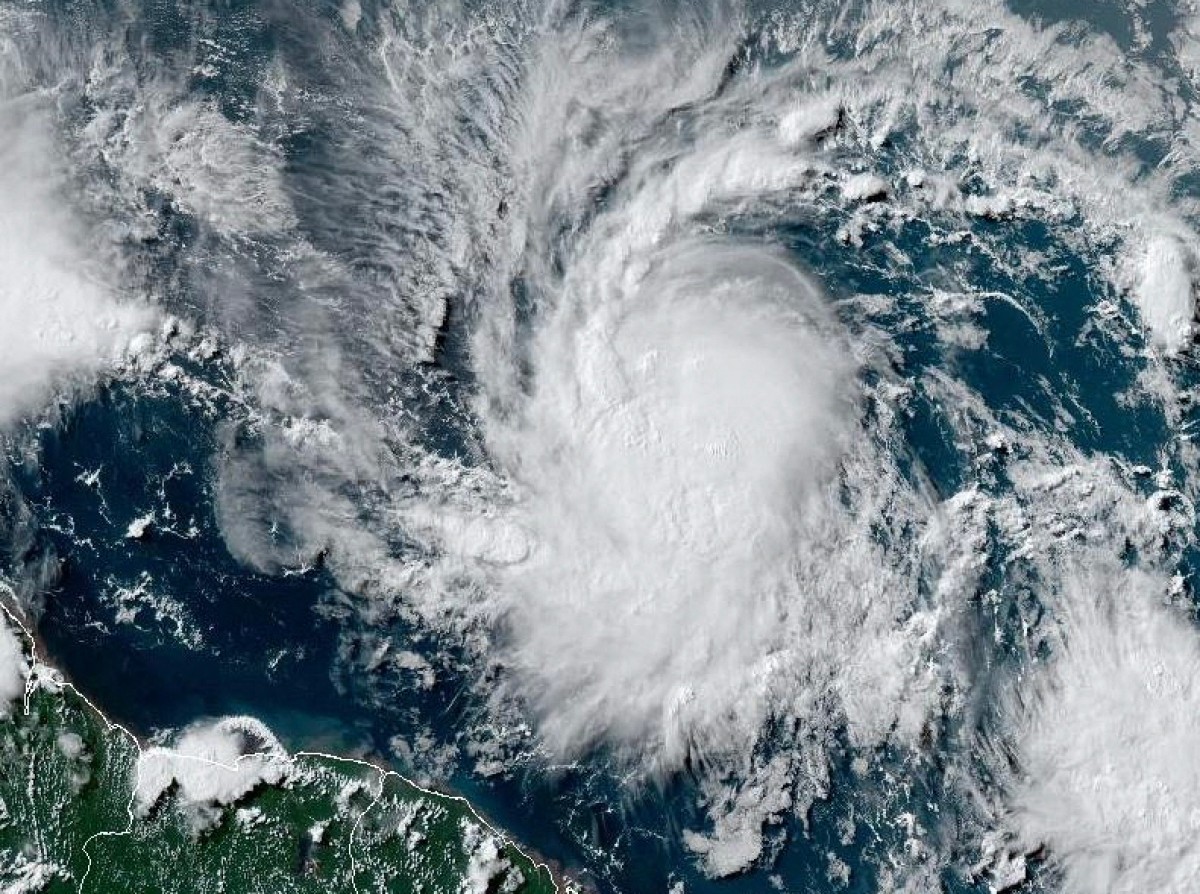National Hurricane Center (NHC) Tracking of Hurricane Beryl: National Hurricane Center Beryl

National hurricane center beryl – The National Hurricane Center (NHC) has been closely monitoring the progress of Hurricane Beryl since its formation. The storm has rapidly intensified and is expected to make landfall within the next few days. The NHC is providing regular updates on the hurricane’s path and intensity, and is urging residents in the affected areas to take necessary precautions.
Hurricane Beryl’s Path and Intensity, National hurricane center beryl
Hurricane Beryl formed on July 5, 2023, as a tropical depression in the Atlantic Ocean. The storm quickly strengthened into a tropical storm and then a hurricane on July 6. As of July 7, Hurricane Beryl is a Category 4 hurricane with maximum sustained winds of 130 mph and a minimum central pressure of 940 mb. The hurricane is moving northwest at 15 mph and is expected to make landfall in Florida on July 9.
Key Metrics of Hurricane Beryl
The following table summarizes the key metrics of Hurricane Beryl as of July 7, 2023:
| Metric | Value |
|---|---|
| Maximum sustained winds | 130 mph |
| Minimum central pressure | 940 mb |
| Location | 28.5°N, 78.0°W |
| Movement | Northwest at 15 mph |
| Expected landfall | Florida on July 9 |
Projected Path and Cone of Uncertainty
The NHC has issued a projected path and cone of uncertainty for Hurricane Beryl. The projected path shows the most likely track of the hurricane, while the cone of uncertainty indicates the area within which the hurricane is most likely to be located. The cone of uncertainty is based on historical data and takes into account the possible errors in forecasting the hurricane’s track.

Impact and Preparedness for Hurricane Beryl

Hurricane Beryl poses a significant threat to the affected areas, necessitating immediate preparedness measures. Understanding the potential impacts and implementing proactive steps can help mitigate risks and ensure safety.
Based on NHC forecasts, the areas most likely to be affected by Hurricane Beryl include:
- Coastal regions of Florida, from the Big Bend area to the Florida Keys
- Southeastern Georgia
- Eastern South Carolina
- North Carolina’s Outer Banks
Residents in these areas should take immediate steps to prepare for the hurricane, including:
- Secure loose objects outside, such as furniture and trash cans
- Stock up on non-perishable food, water, and essential supplies
- Have a plan for evacuation if necessary
- Stay informed about the latest hurricane updates from the NHC
Hurricane Beryl also has the potential for significant economic and environmental impacts. High winds and storm surge can cause extensive damage to infrastructure, homes, and businesses. Coastal erosion and flooding can harm ecosystems and wildlife habitats. Mitigation strategies include:
- Investing in hurricane-resistant infrastructure
- Implementing coastal management plans to protect beaches and dunes
- Educating communities about hurricane preparedness and response
National Hurricane Center Beryl don drop update say Tropical Storm Beryl don reach Barbados. You fit check beryl barbados for more tori. Na so so rain and wind dem dey drop for Barbados now, but make una still dey careful.
Di National Hurricane Center deh track Beryl, en storm weh coulda bring heavy rain, strong wind and flooding to Barbados. Fu mo info bout Beryl in Barbados, check out beryl barbados. National Hurricane Center goh continue to monitor Beryl and provide updates as needed.